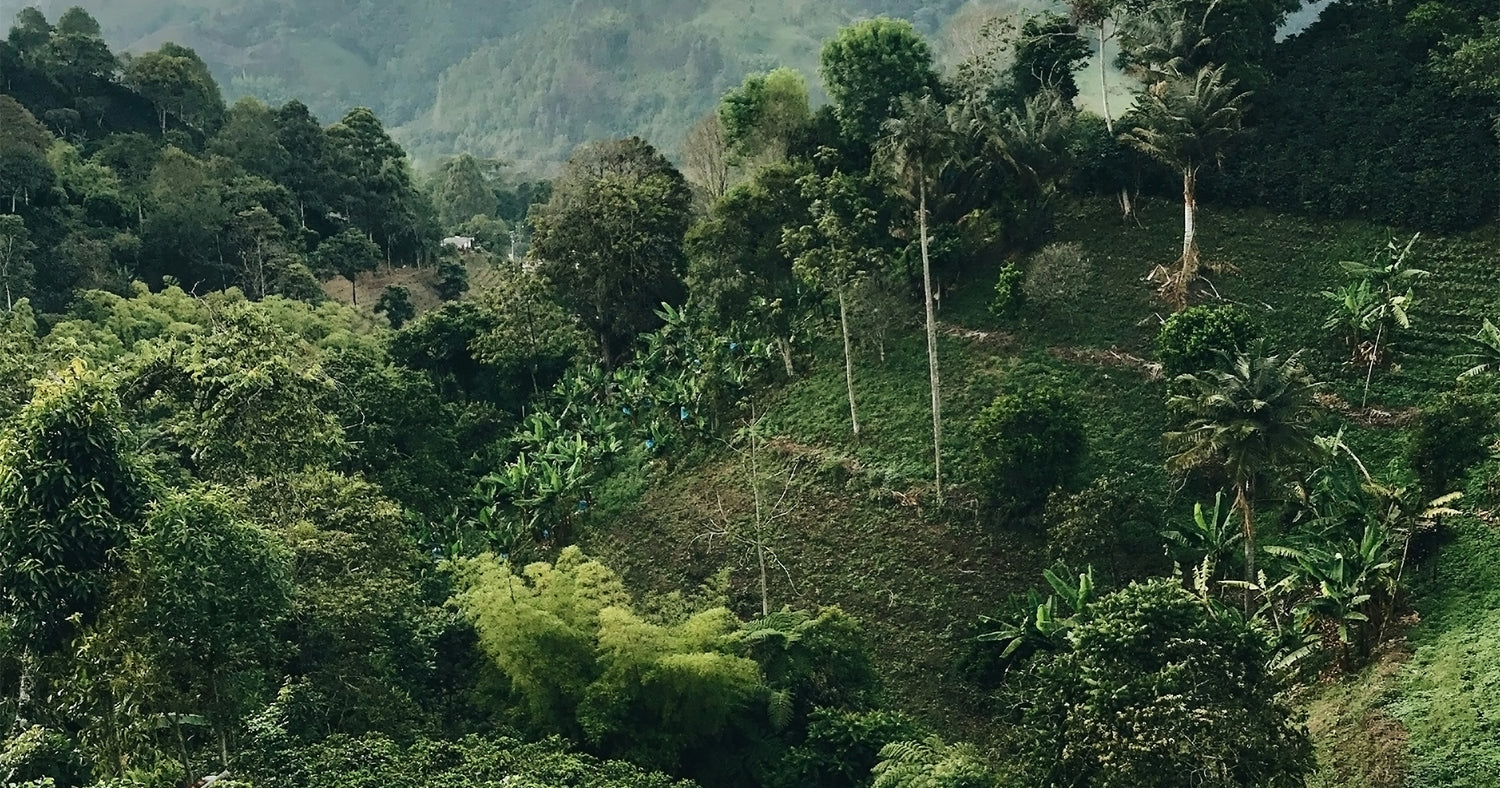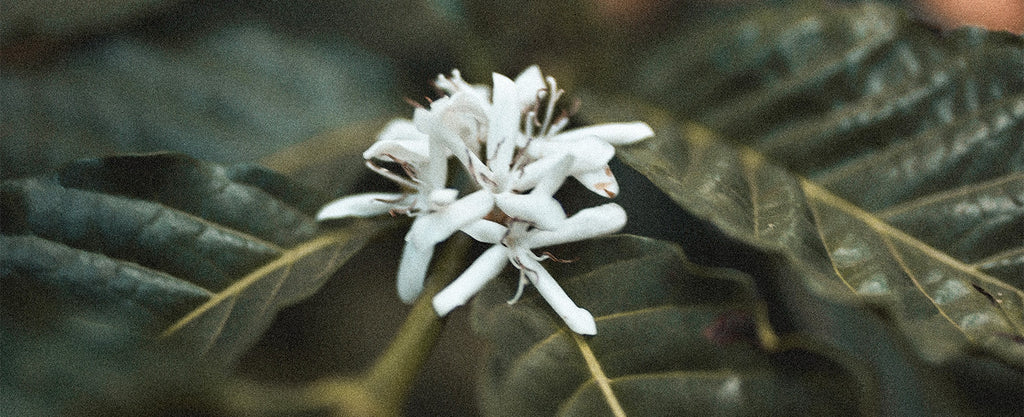Where does coffee come from? Second part

In this article, we'll dive into the fascinating world of the coffee plant, its various species and varieties, and the unique flavor profiles they offer.

The Plant
Coffee comes from the evergreen shrub of the Rubiaceae family, known as the coffee plant. Interestingly, the fruit of the coffee plant, called a cherry, is smaller and denser than the cherries we commonly eat. Once harvested, the fruits are carefully selected, dried, and then roasted.
The coffee plant grows in various countries in Asia, Africa, and America. This area is often called the "coffee belt" or "equatorial belt," and it tends to expand north and south due to climate change. Over time, the size of the coffee plant has decreased, making it easier to harvest. Today, exporters, importers, and roasters work closely with producers to constantly improve the quality of coffee.

The Species
In botany, a species is a classification category that groups organisms having common characteristics.
There are two most well-known species of coffee plants: Arabica (Coffea arabica) and Robusta (Coffea canephora). These two species have very different organoleptic profiles, each offering specific taste qualities.
The organoleptic qualities of a food include its color, appearance, consistency, texture, taste, and smell.
Robusta
The Robusta coffee plant is often used in espresso blends due to its high caffeine content, which gives it an intense flavor. Moreover, when roasted, it produces a lot of carbon dioxide, creating a rich crema.
Arabica
On the other hand, the Arabica coffee plant grows at higher altitudes, allowing it to absorb more terroir characteristics, thus offering a more subtle and complex taste. Additionally, the Arabica species includes many varieties, offering a wide range of organoleptic profiles.
Other Species
Over the years, coffee specialists have discovered and rediscovered other species such as Coffea eugenioides and Coffea stenophylla, also known as highland coffee. These less-known species seem to better resist new climatic conditions and the resulting diseases.

The Varieties
Within each species, there are many coffee varieties. These varieties correspond to subdivisions within the species. They exhibit differences in terms of shape, color, size, and also taste. For example, within Arabica, we have the Typica and Bourbon varieties.
Therefore, it is important to understand that when we talk about Arabica and Robusta coffee species, we are referring to the overall type of coffee, while the varieties represent the many unique differentiations within these global species.
Similarly, the different coffee varieties are gaining importance. Micro-roasters often mention the variety names on packaging to inform consumers. Indeed, some varieties offer very specific taste profiles, sometimes more marked than the species or production region.
Just as a winemaker masters the art of highlighting a terroir and grape varieties, a roaster reveals the unique taste of each coffee bean.
In conclusion, coffee species such as Arabica and Robusta offer unique taste profiles, and, combined with the different coffee varieties, add even more diversity to the pleasures of coffee. The next time you sip your cup of coffee, take a moment to appreciate the journey this delicious beverage has traveled from its plant origin to your cup.